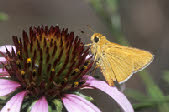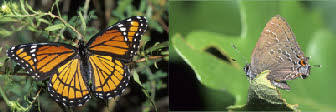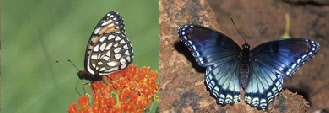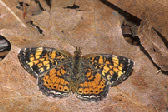The Butterflies of the World Foundation
A Non-




Orcus Checkered-
Pyrgus orcus, Stoll, 1780
Subfamily Pyrginae
Tribe Pyrgini

All photographs, artwork, text and website design are the property of The Butterflies of the World Foundation (unless otherwise stated) and are protected under national and international copyright laws. Photographs, artwork or text on this website may not be reproduced in any way without prior written consent of The Butterflies of the World Foundation.
Pyrgus orcus, Mount Saint Benedict, Trinidad, 1 July 2002 Ref
#: I-
Taxonomy
The family Hesperiidae includes all butterflies that are collectively called skippers because of their fast skipping flight. This family is the sole member of the Superfamily Hesperioidea. Whereas, the other five families of butterflies belong to the Superfamily Papilionoidea. So, skippers are considered butterflies, but they have a few traits different than the species of “True” butterflies found in the Superfamily Papilionoidea. Some of these traits include large eyes, short antennae (often with hooked clubs) and stout bodies. Most also have a very rapid flight with a fast, almost blurred, wing beat. There are about 3,500 species of skippers and they’re further divided into seven subfamilies. They occur worldwide with more found in the tropics. Most species are brown or tan, but some tropical members can be quite colorful.

Pyrgus orcus, Foetoenakaba village, Suriname, 1 June 2007 Ref #: I-
General Information:
Pyrgus orcus belongs to the subfamily Pyrginae. This species is found throughout
much of southern Central America and much of South America. This species can be
found in a wide variety of disturbed semi-
Lifecycle:
The larval food source includes several plants in the mallow family, Malvaceae. Eggs are laid singly on the uppersides of host plant leaves.

Pyrgus orcus, Mount Saint Benedict, Trinidad, 1 July 2002 Ref
#: I-

Pyrgus orcus, Mount Saint Benedict, Trinidad, 1 July 2002 Ref #:
I-